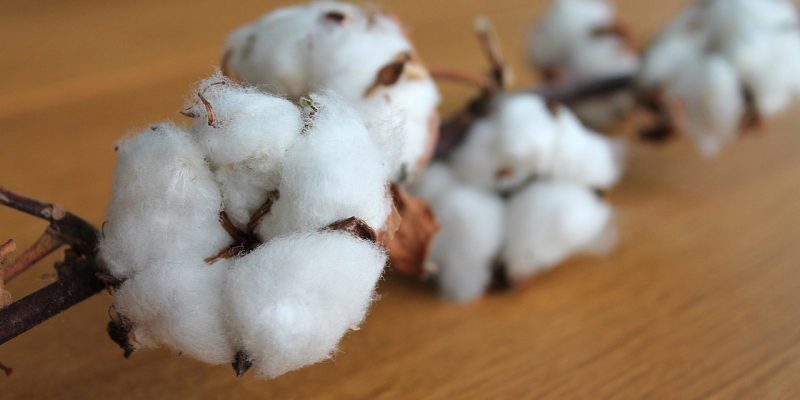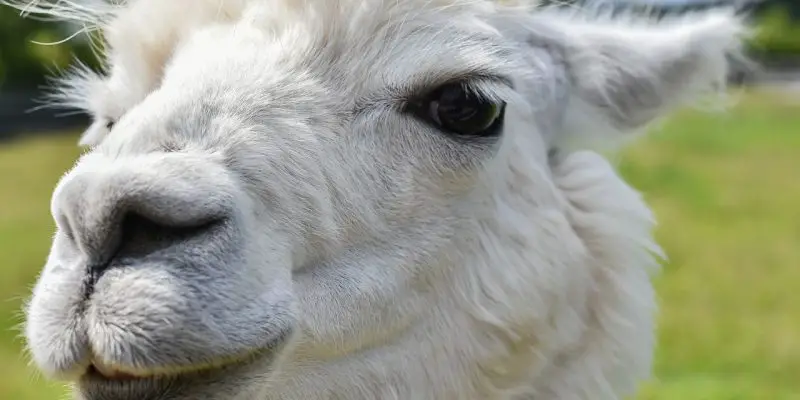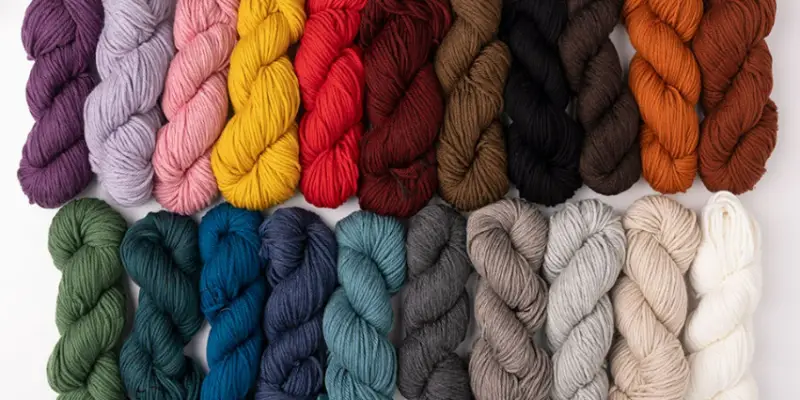Dyeing yarn is a fascinating process that allows knitters and fiber enthusiasts to add a personal touch to their projects! If you are looking to create unique color combinations, match a specific aesthetic, or simply explore your creative side, …
Continue Reading about Dyeing Yarn: Add Color and Creativity to Your Knitting Projects





